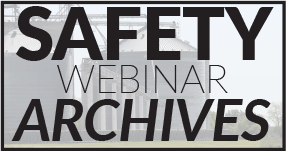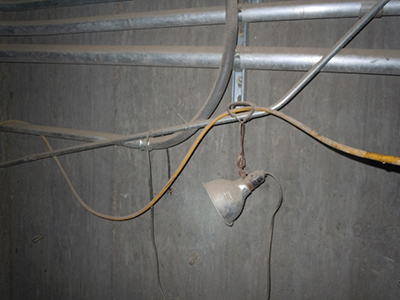| View HTML Version of Newsletter |
||||||||
 |
||||||||
 |
||||||||
Hazardous Electrical Locations |
|
Published Every Monday by Grain Journal Editor Kendall Trump Unsubscribe |
||||||
| Electrical equipment can cause explosions in environments where explosive concentrations of combustible dust are present. | ||||||||
|
The National Fire Protection Association (NFPA) establishes area classifications based on classes, divisions, and groups that delineate the hazardous conditions in a specific area. In a grain handling facility, this may include enclosed areas of the facility such as tunnels, intermediate floors of a headhouse, gallery floors, boot pits, etc. This may be continuous, intermittent, or on a periodic basis. This may include situations where an ignitable mixture could be produced by a mechanical failure or abnormal machinery operation. An example of Class II, Division 1 is a grain receiving tunnel with an open conveyor. Use appropriately rated electrical tools in these areas, and make sure that portable or fixed electrical equipment and systems do not pose an ignition source.
Sources: 29CFR 1910.137 - Hazardous locations. "Hazardous Area Classification" Quick Tips #124 - Grainger Industrial Supply. Source: Joe Mlynek is president of Progressive Safety Services LLC, Gates Mills, OH; joe.mlynek@progressivesafety.us; and content creation expert for Safety Made Simple, Inc., Olathe, KS; joe@safetymadesimple.com
|
 |
|||||||
 |
||||||||
Current Issue: |
||||||||
USEFUL INFO Product/Service Directory Equipment Catalog Digital Edition Archives 2018-19 Grain/Feed/Milling Convention Calendar |
||||||||
 |
||||||||
| Grain Journal is a bi-monthly magazine for the grain and feed industries published in Decatur, IL - 800-728-7511 | website: www.grainnet.com Click here to forward this newsletter to a friend. |
||||||||
